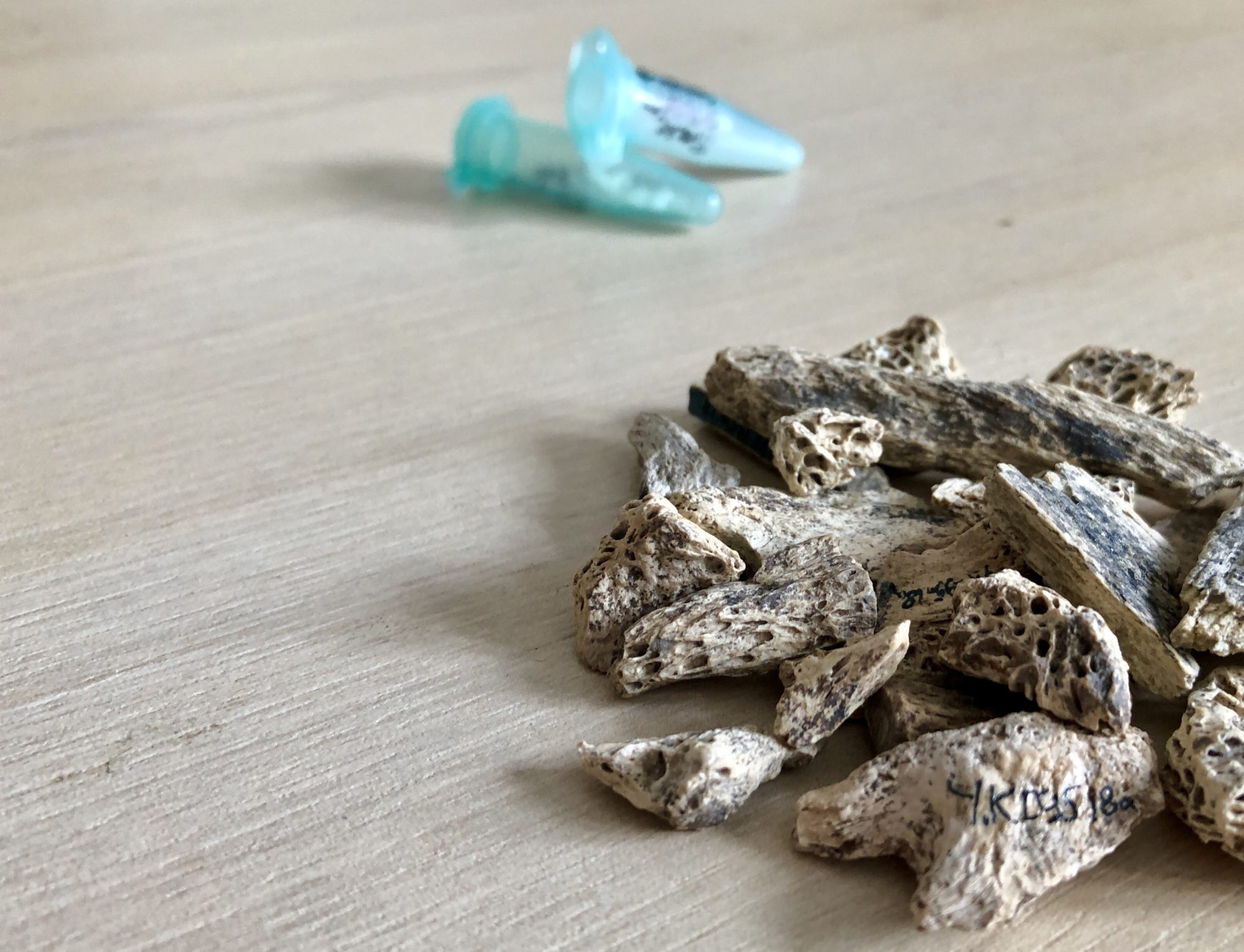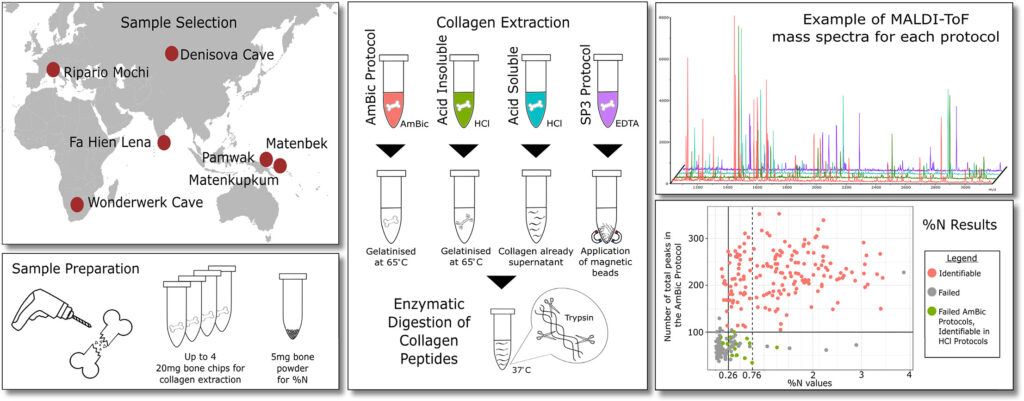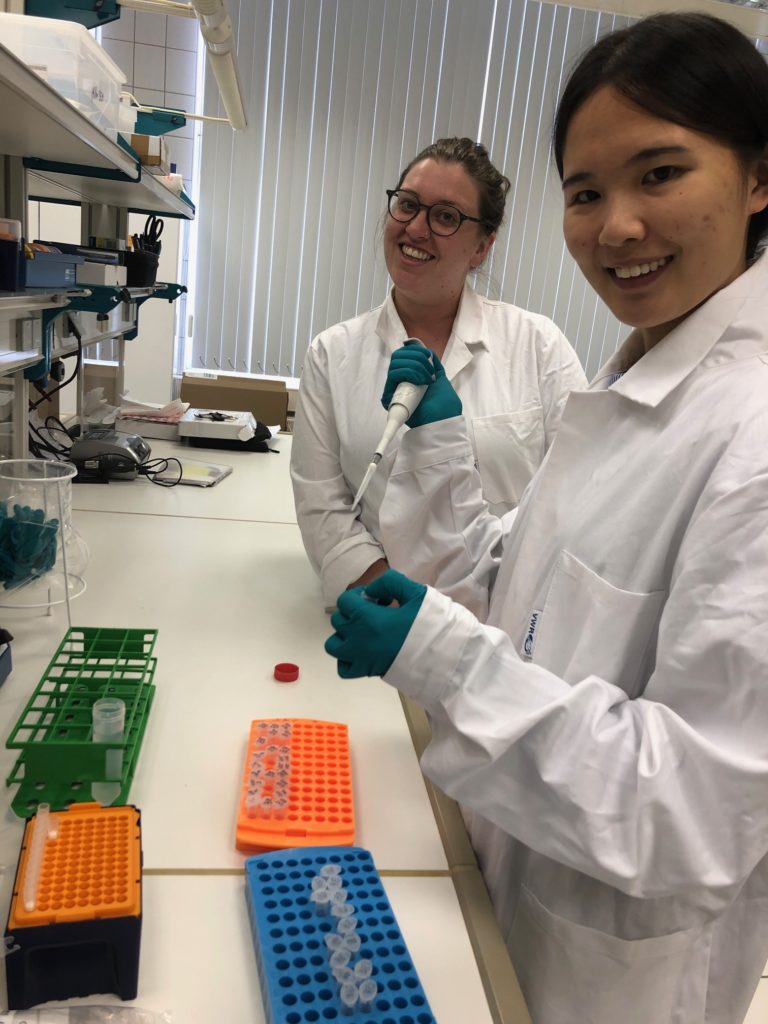Denisovans are elusive in many ways. When did they first appear and where, how spread where they geographically and how the different Denisovan populations interacted with each other and with other archaic and modern human populations.
A small step towards understanding the early Denisovans, their toolkit and subsistence strategies was the discovery of Denisovan remains using ZooMS and subsequent genetic analyses from the lowermost, securely dated layers of the East Gallery of Denisova Cave. At 200,000 years before present, these new Denisovans are the oldest so far identified.
This work is published in Nature Ecology and Evolution and can be accessed here https://rdcu.be/cB2U4. It has also made the cover of the January 2022 issue of the journal! We are very excited to see these beauties attracting the spotlight they deserve!
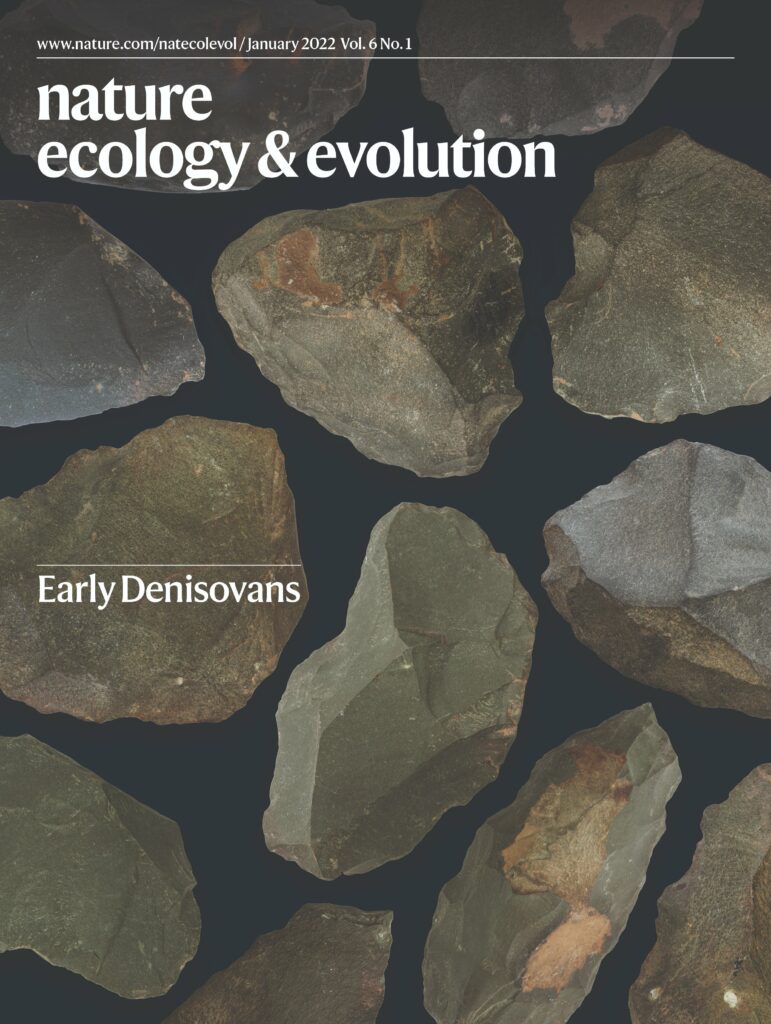
For a first-person account of how ZooMS works and how it was applied to the bone assemblage from Denisova Cave you can see the post by ex FINDER student Dr Samantha Brown here .
The genetic analyses were led by post-doc Dr Diyendo Massilani from the MPI EVA in Leipzig. Needless to say that no scientific analyses could have been accomplished in the Denisova bone assemblage without our Siberian colleagues from the IAET RAS SB (Profs. Shunkov and Derevianko, Dr Maxim Kozlikin) painstakingly excavating the site for almost 6 months each year and offering their valuable support and expertise.
